
If you are worried about protecting your car paint, Paint Protection Film (PPF) is one of the best aftermarket solutions for you. As car prices have increased rapidly in Pakistan, it is becoming difficult to buy a new vehicle. The practical approach is to maintain and protect your existing car as much as possible to extend its life. PPF helps protect your car from scratches, water stains, paint dullness, and other damage.
What is PPF?
PPF stands for Paint Protection Film. It is a plastic-type sheet made of Thermoplastic Urethane (TPU) material. The main purpose of this film is to protect the car paint from UV rays, dust, and scratches. Multiple types of PPF are available in the market to help you keep your car looking cleaner. Here are some of the main types of Paint Protection Film:
- Glossy PPF: If you want to make your car look shinier while providing protection, Glossy PPF provides the car’s glossy appearance.
- Matte PPF: If you prefer a matte finish over a shiny look because dust is more prominent on glossy surfaces, Matte PPF is the way to go.
- Self-Healing PPF: This PPF comes with self-healing technology. If you get scratches or swirl marks, the PPF can heal itself with some heat application.
- Hydrophobic PPF: This type of PPF repels water, preventing water spots and making the surface easier to clean.
- Ceramic Coated PPF: It combines protection with ceramic coating, offering extra shine and hydrophobic features.
- Colored PPF: For those who are tired of their car’s color, Colored PPF can change the look while protecting the original paint. You will have to check for the local laws for applying this sheet though.
How to Check the Quality of PPF
PPF quality in Pakistan varies mainly based on thickness, with common options being 6.5mm, 7.5mm, and 8.5mm. The best choice for sedans and crossovers is 8.5mm due to its superior protection. Ensure the PPF is branded and check its elasticity; high-quality PPF should be stretchable. A simple test is to try passing a key through it—if it does, the PPF is of lower quality.
How to Apply PPF?
- Prepare the Surface: Wash and decontaminate the car properly before applying the film.
- Remove Removable Parts: Detach parts like bumpers, fenders, and lights to apply the PPF properly.
- Apply Soap Water: This prevents the PPF from sticking immediately, allowing you to position it correctly.
- Apply the PPF: Carefully place the PPF on the car.
- Remove Bubbles: Smooth out any bubbles under the film.
- Trim the Edges: Trim any excess film around the edges.
- Reattach Removed Parts: Reattach the removed parts after application.
PPF on New Cars
Applying PPF on a new car is worth it. It protects the paint from scratches, dust, and UV rays, keeping the car looking brand new and enhancing its shine.
Pros of PPF
- Protects the car
- Enhances looks
- UV protection
- Guards against bird droppings
- Self-healing
- Heat protection
- Maintains car value
Cons of PPF
- Expensive
- Hard to find an expert installer
- May become dull over time
PPF Price in Pakistan
The cost of PPF depends on the quality, type, and size of the car. Complete car wrap packages range between Rs.60K to Rs.150K.
Who Should Use PPF?
PPF is not just for car enthusiasts. It’s ideal for anyone who wants to protect their car from damage. Whether you drive a small car or a luxury vehicle, if you want to keep your car clean and scratch-free, PPF is a great option.
Conclusion
If you want to protect your car from scratches and paint dullness, PPF is an excellent choice. It helps maintain the car’s value and is perfect for enhancing the look of your vehicle.
FAQs
Q: What is Paint Protection Film?
A: It is a sheet that protects car paint from scratches and dullness.
Q: Is Paint Protection Film worth it?
A: Yes, it is worth applying PPF to protect your car from scratches and maintain its appearance.

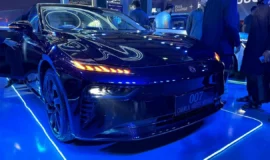
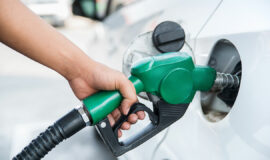

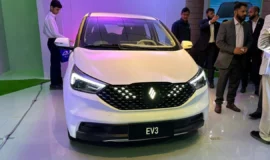
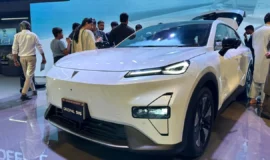
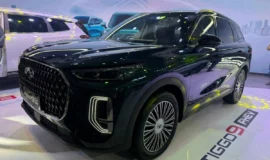
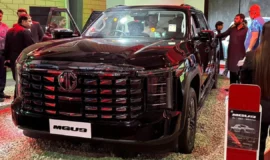
Leave a Reply